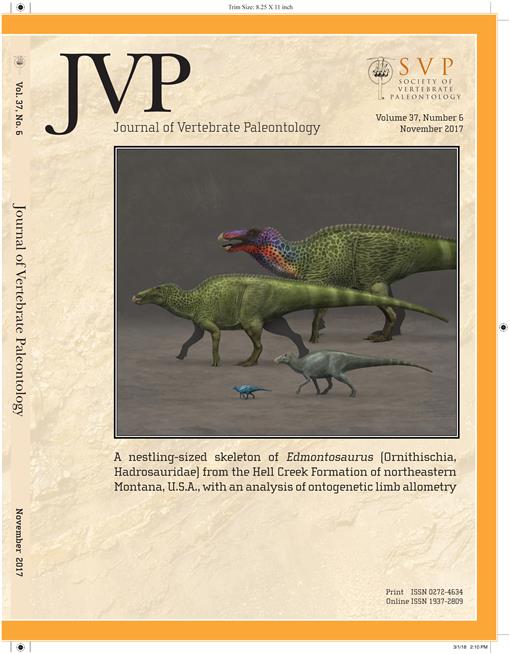A fragmentary skeleton from the Kaiparowits Formation (Upper Campanian) of southern Utah represents a new taxon of chelydroid turtle herein named Lutemys warreni. Lutemys warreni differs from other chelydroids in the presence of a smooth shell, lack of plastral or carapacial fontanelles, and development of a thin, gracile plastron. A maximum parsimony analysis of all Late Cretaceous and early Paleogene chelydroids from Laramidia suggests that L. warreni is the most basal known stem kinosternoid. Lutemys warreni therefore represents the fourth named pan-kinosternoid from the Late Cretaceous western island landmass of Laramidia and the first named pan-kinosternoid from the Kaiparowits Formation. The description of L. warreni increases the taxonomic diversity of the Kaiparowits Formation to 16 turtle taxa, making it one of the most diverse fossil turtle assemblages.
BioOne.org will be down briefly for maintenance on 17 December 2024 between 18:00-22:00 Pacific Time US. We apologize for any inconvenience.
How to translate text using browser tools
1 November 2017
A New Chelydroid Turtle, Lutemys warreni, Gen. Et Sp. Nov., from the Upper Cretaceous (Campanian) Kaiparowits Formation of Southern Utah
Tyler R. Lyson,
Walter G. Joyce,
Joseph J. W. Sertich
ACCESS THE FULL ARTICLE





